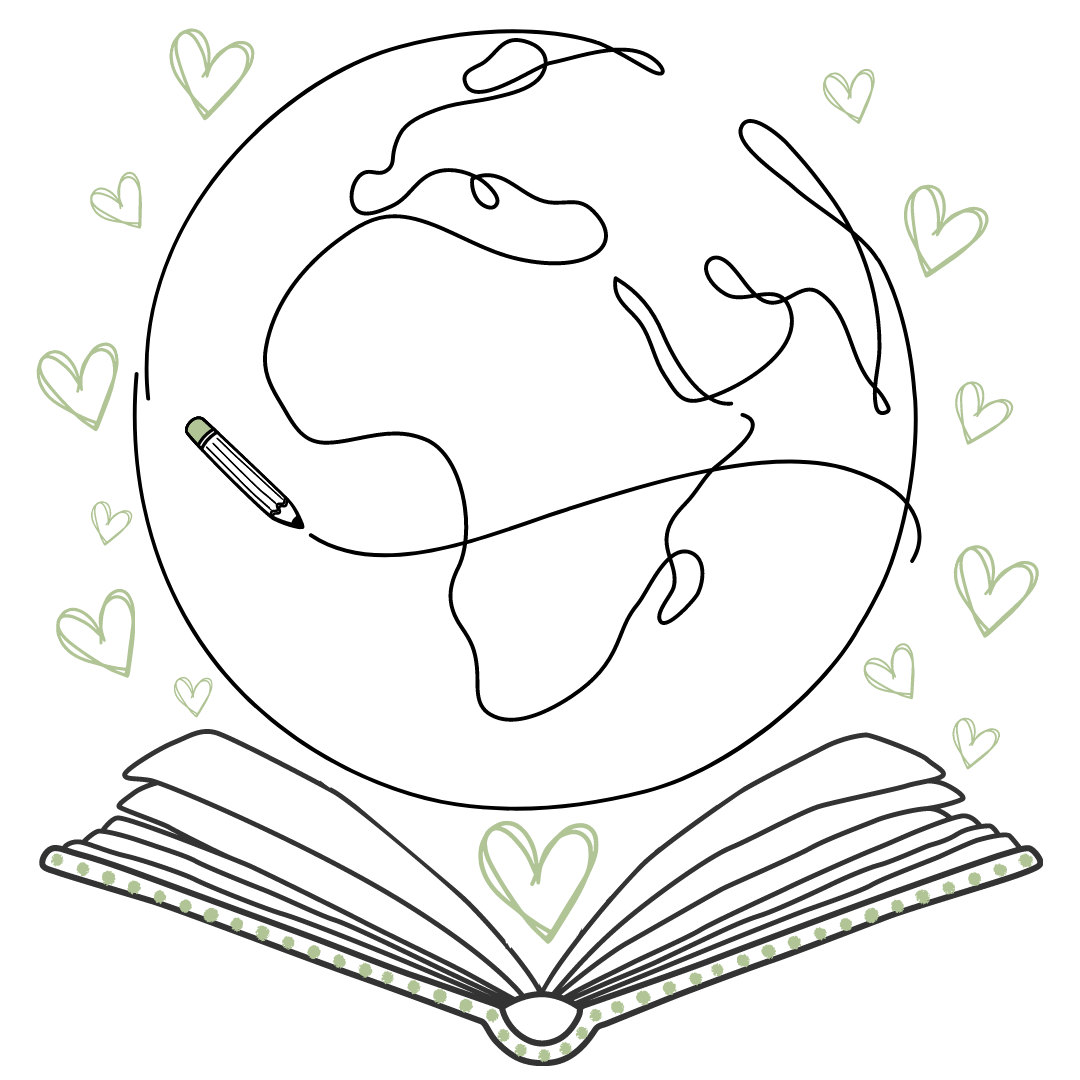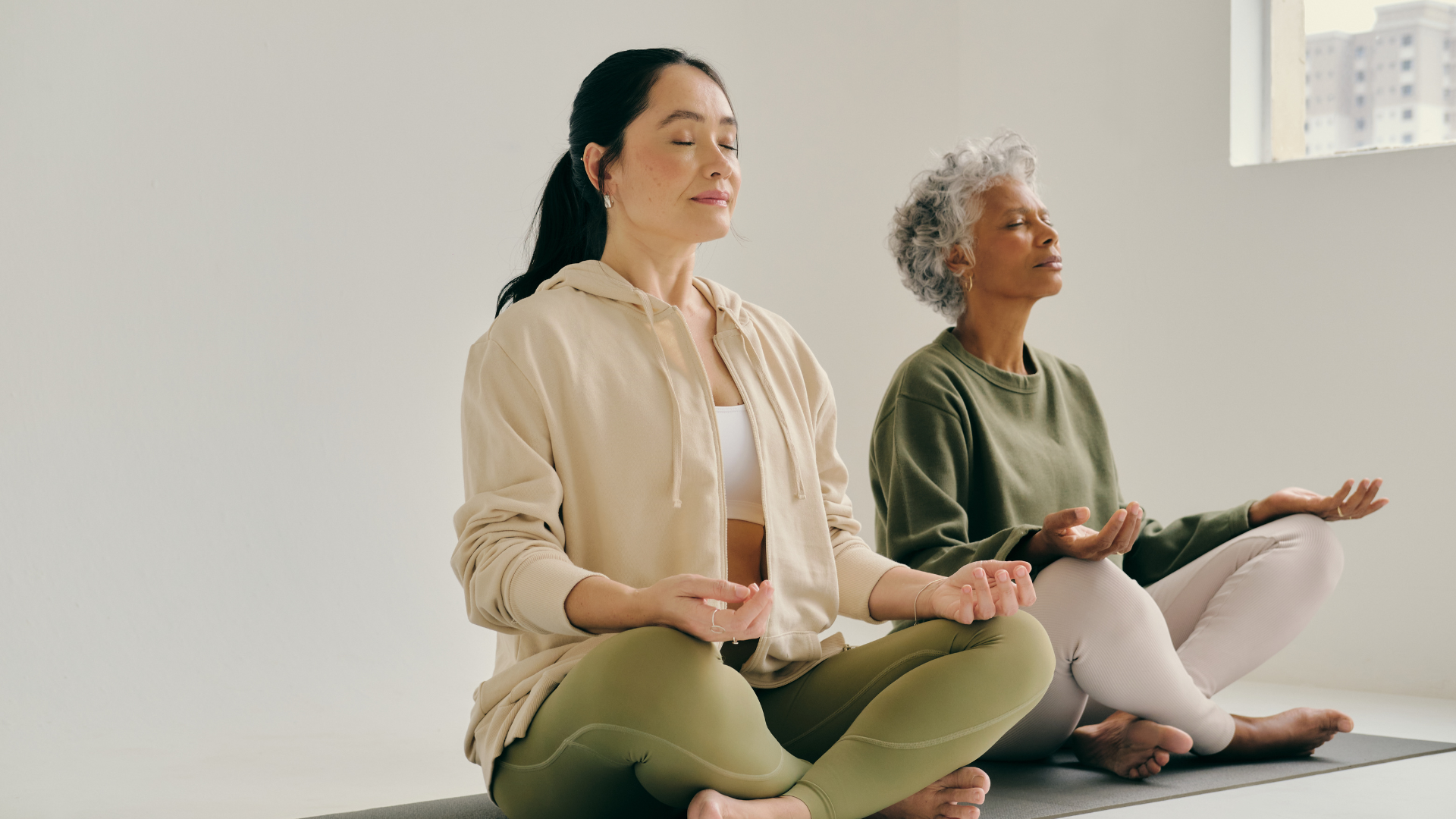Creative minds often thrive on inspiration and innovative thought, yet they can also struggle with distractions. Exploring effective meditation techniques can significantly enhance focus and boost creativity. By incorporating meditation into their routine, individuals can unlock new ideas and improve their mental clarity.
Different meditation styles cater to various preferences, making it essential to find the right fit. Techniques like mindfulness meditation, guided imagery, and transcendental meditation can each offer unique benefits that stimulate creativity and foster a deeper connection with one’s thoughts.
As individuals engage with these practices, they may discover they can harness their imagination more effectively. The right meditation techniques not only promote relaxation but also serve as powerful tools for inspiration and enhanced focus.
Foundations of Meditation for Creative Minds
Meditation provides essential tools for enhancing creativity. By cultivating mindfulness and focus, individuals can unlock new pathways of thought. This section addresses how meditation links to creativity, the benefits of mindfulness, and key elements for an effective practice.
Understanding the Link Between Meditation and Creativity
Research indicates a strong connection between meditation and enhanced creativity. Regular practice promotes divergent thinking, which allows individuals to generate multiple ideas. It does so by quieting the mind, creating space for new insights.
Meditation also fosters greater awareness. This heightened state of consciousness enables individuals to notice subtle patterns and connections they may otherwise overlook. As they engage in meditation, they learn to embrace thoughts without judgment, paving the way for innovative ideas.
Benefits of Mindfulness for Creative Thinking
Mindfulness offers several specific advantages for creative individuals. It helps reduce stress and anxiety, which can stifle creativity. By promoting a calm mental state, mindfulness allows for clearer thought processes.
Enhanced focus is another key benefit. With increased attention, one can channel energy into creative tasks. Mindfulness practices encourage individuals to stay present, thus improving concentration on the task at hand.
Additionally, mindfulness enhances self-awareness. This understanding helps individuals identify their creative blocks and explore new approaches. Recognising personal thought patterns enables a more authentic creative expression.
Key Elements of an Effective Meditation Practice
An effective meditation practice consists of several core elements. Establishing a routine is crucial, as consistency reinforces the habit. Ideally, individuals should set aside a specific time each day for meditation.
Focus on breath is fundamental. By concentrating on breathing, one can anchor the mind and reduce distractions. This simple technique facilitates a deeper state of relaxation and awareness.
Incorporating visualisation techniques can further enhance creativity. Visualising ideas or outcomes while meditating allows individuals to explore diverse possibilities. This method broadens the creative landscape, making it easier to conceptualise and realise new ideas.
Creating a dedicated space for meditation also contributes to an effective practice. A calm, quiet environment encourages deeper focus, making the meditation experience more impactful.
Essential Meditation Techniques to Boost Creativity
Meditation offers various techniques tailored to enhance creativity. Each technique stimulates the mind differently, fostering imagination and innovative thinking. Below are effective methods to consider.
Mindfulness Meditation for Enhanced Imagination
Mindfulness meditation focuses on the present moment. This practice involves observing thoughts and feelings without judgment. By doing so, it allows the individual to tap into their imagination more freely.
To practice mindfulness, one might sit comfortably and concentrate on their breath. Noticing the rise and fall of the chest helps ground the mind. When distractions arise, gently redirect focus back to the breath. Over time, this technique cultivates an open mental space, enhancing creative thinking.
Mindfulness encourages awareness of surroundings and inner thoughts. This heightened state of consciousness often leads to novel ideas. It teaches individuals to embrace uncertainty, fostering a more fluid creative process.
Guided Meditation for Inspiration
Guided meditation uses verbal instructions or visualisations to lead the participant through a creative journey. A narrator may help guide the individual into a relaxed state, allowing the subconscious to surface.
In a session, the guide might encourage the listener to envision a scene that inspires them, such as a beautiful landscape or a lively marketplace. This can stimulate emotions that fuel creativity.
Several platforms offer recordings specifically designed for inspiration. These guided sessions often focus on enhancing creativity through positive affirmations and imagery. Attending regularly can ignite innovative thoughts that contribute to artistic projects.
Creative Visualisation Exercises
Creative visualisation involves forming vivid mental images to enhance creative potential. This technique can be particularly beneficial for artists, writers, and anyone seeking inspiration.
To engage in creative visualisation, one should find a quiet space and close their eyes. The individual then imagines a successful creative outcome, such as completing a painting or writing a story. Engaging all five senses during this process makes the visualisation more powerful.
Practising this technique helps strengthen the mind’s ability to generate ideas. It allows individuals to explore possibilities without limitations, encouraging original thought. Consistent practice can significantly impact creative projects.
Mantra Meditation for Concentration
Mantra meditation focuses on the repetition of a sound or phrase. This technique helps to centre the mind, enhancing concentration. The simplicity of a mantra allows the individual to stay focused.
Participants often choose mantras that resonate personally, such as “I am creative” or “Inspiration flows to me”. Repeating these phrases during meditation can help reinforce a creative mindset.
The rhythmic recitation of a mantra can quiet mental chatter, enabling deeper thought. This practice encourages clarity and focus, pivotal for any creative endeavour. Regular engagement with mantra meditation can build a robust creative capacity over time.
Integrating Meditation into Your Creative Routine
Incorporating meditation into a creative routine can enhance focus, boost confidence, and cultivate emotional awareness. This approach helps professionals harness their creativity and maintain a sense of success in their craft.
Daily Meditation Habits for Creative Professionals
Establishing a consistent meditation routine is essential for nurturing creativity. Creative professionals might benefit from short, focused sessions each day. A recommended practice is 10-15 minutes of morning meditation, focusing on breath awareness to clear the mind.
Setting aside specific time blocks for meditation encourages commitment. Consider using apps or guided meditations for structure.
In the afternoon, a brief session of mindfulness can help refocus and recharge. This practice allows individuals to regulate their emotions, ensuring a conducive mind for creative exploration.
Overcoming Common Meditation Challenges
Many face obstacles when starting meditation. Distractions or wandering thoughts can disrupt focus. It’s important to acknowledge these distractions without judgment, returning attention to the breath.
Creating a dedicated space can also enhance the meditation experience. A comfortable environment devoid of disturbances fosters a deeper connection to the practice.
For those struggling with consistency, pairing meditation with an existing routine can be beneficial. For example, meditating after a morning coffee can create a positive association, increasing the likelihood of regular practice.
Tracking Progress and Measuring Creative Growth
Tracking meditation progress can provide insights into its impact on creativity. Keeping a meditation journal allows individuals to note emotions, insights, and creative breakthroughs. Setting specific goals, such as increased focus or enhanced creative output, can guide progress. Regularly assessing these goals provides a sense of achievement.
Engaging in discussions with fellow creatives can also provide support and varying perspectives on meditation practices. Sharing experiences fosters a community, highlighting the collective growth achieved through focused meditation.
Advanced Meditation Practices for Personal and Creative Growth
Advanced meditation techniques offer powerful methods for enhancing creativity and personal development. Focusing on expanding consciousness, emotional balance, and heightened awareness can significantly benefit creative minds.
Transcendental Meditation for Expanding Consciousness
Transcendental Meditation (TM) is a simple technique where individuals focus on a specific mantra, promoting deep relaxation and mental clarity. This practice allows the mind to settle into a unique state of restful awareness, facilitating an experience of expanded consciousness.
By practising TM for 15-20 minutes twice daily, individuals may unlock deeper creative potentials. The regular application of TM can lead to greater clarity of thought and improved problem-solving skills. Over time, practitioners often report increased emotional stability, enabling them to channel their creativity more effectively.
Exploring Chakras and Aura for Enhanced Awareness
The body comprises seven main chakras, each associated with different physical and emotional aspects. By focusing on these energy centres, individuals can enhance their awareness and creative expression. Meditation techniques that involve visualising or balancing the chakras can improve the flow of energy throughout the body.
Additionally, cultivating awareness of one’s aura, the subtle energy field surrounding the body, can heighten sensitivity to emotional states. Training to perceive the aura can help identify imbalances or blockages, offering insight into how to nurture creativity. Regular chakra and aura meditations support a harmonious connection between mind and body.
Spiritual Healing and Emotional Balance
Spiritual healing practices often involve guided visualisation, affirmations, or energy healing techniques to foster emotional balance. Engaging in such practices can help release negative emotions that may hinder creative flow. This form of meditation centres on restoring inner peace and clarity.
By addressing unresolved emotional issues, individuals can facilitate a more open and receptive state for creative ideas to emerge. Techniques such as mindfulness or grounding exercises can further enhance the connection between emotional health and creativity. These methods empower individuals to harness their emotional experiences for artistic expression.

